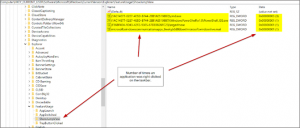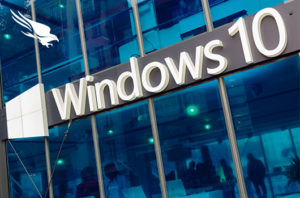


#Recentapps registry forensics code
It also includes case studies and a CD containing code and author-created tools discussed in the book. Named a 2011 Best Digital Forensics Book by InfoSec Reviews, this book is packed with real-world examples using freely available open source tools.
#Recentapps registry forensics full
In addition to the name of the application and the file, it found that the full path to the file and the last access to the file was available from the RecentApps key hierarchy.

Tools and techniques are presented that take the student and analyst beyond the current use of viewers and into real analysis of data contained in the Registry, demonstrating the forensic value of the Registry. The top-level key, called RecentApps, contained links to several applications and files that were available on the system. Approaches to live response and analysis are included, and tools and techniques for postmortem analysis are discussed at length. usersidSoftwareMicrosoftWindowsCurrentVersionSearchRecentApps /f REG ADD. User Registry (NTUSER.DAT HIVE) - Commonly located at: C:Users. There are a few more places in the registry and on the disc. It is a binary, hierarchical database and some of its contents include configuration settings and data for the OS and for the different. The registry holds configurations for Windows and is a substitute for the. Recent Apps/Last Visited MRU Execution of Sysinternals Tool. The Windows registry is an invaluable source of forensic artifacts for all examiners and analysts. The registry value is overwritten before being deleted. At a later point in time the malware is removed from the system. Figure 1: A malicious actor creates a value in the Run key. Then how can you determine, what exactly he would have done to your computer. Windows Registry Forensics provides the background of the Windows Registry to help develop an understanding of the binary structure of Registry hive files. Cheatsheet containing a variety of commands and concepts relating to digital forensics and incident response. In this example we create a registry value under the Run key that starts malware.exe when the user logs in to the system. Suppose your computer lies in the hand of a malicious person without your consent.


 0 kommentar(er)
0 kommentar(er)
